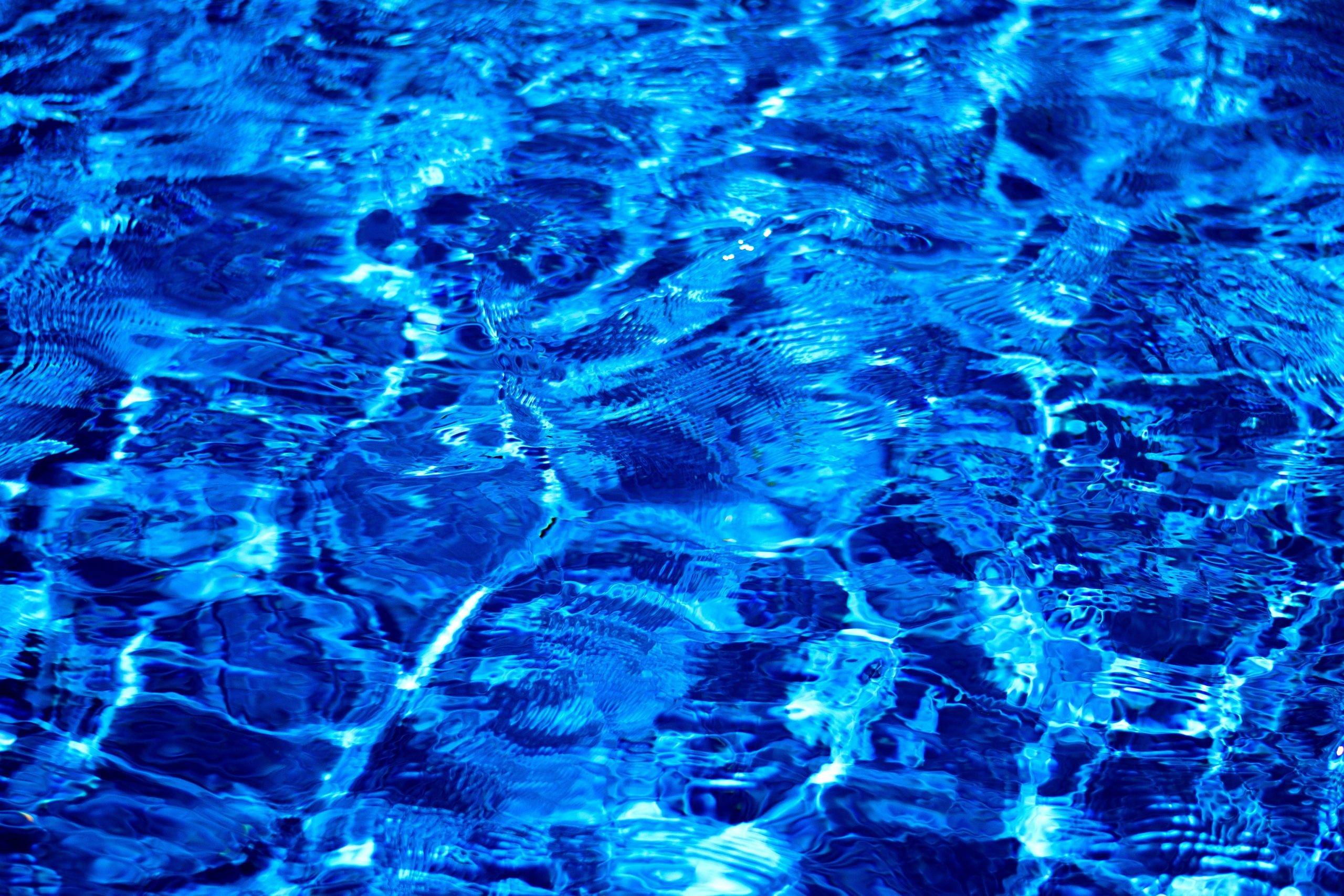Hi,
I work at an indoor resort. We have several pools, spas, and waterslides. We occasionally have issues with high combined chlorine. Sometimes, when we treat the combined chlorine, we see no change at all.
We utilize multiple methods to treat combined chlorine (oxy-shock, breakpoint, etc), depending on what time of day it is and how busy we are.
I know that there is a difference between organic and inorganic combined chlorine, and I have been told that some of our treatment methods might not be working because we are not using the right method for the type of combined chlorine that we are dealing with at that time.
What I would like to know is, how can we figure out what type of combined chlorine we are dealing with in a specific body of water? Are there specific test kits that exist for this? Does anyone out there have a method for this? Or have I been misled, and is there a different reason for why our combined chlorine treatments are not neutralizing the combined chlorine?
Any thoughts or tips on this would be greatly appreciated. Thank you.
I work at an indoor resort. We have several pools, spas, and waterslides. We occasionally have issues with high combined chlorine. Sometimes, when we treat the combined chlorine, we see no change at all.
We utilize multiple methods to treat combined chlorine (oxy-shock, breakpoint, etc), depending on what time of day it is and how busy we are.
I know that there is a difference between organic and inorganic combined chlorine, and I have been told that some of our treatment methods might not be working because we are not using the right method for the type of combined chlorine that we are dealing with at that time.
What I would like to know is, how can we figure out what type of combined chlorine we are dealing with in a specific body of water? Are there specific test kits that exist for this? Does anyone out there have a method for this? Or have I been misled, and is there a different reason for why our combined chlorine treatments are not neutralizing the combined chlorine?
Any thoughts or tips on this would be greatly appreciated. Thank you.









